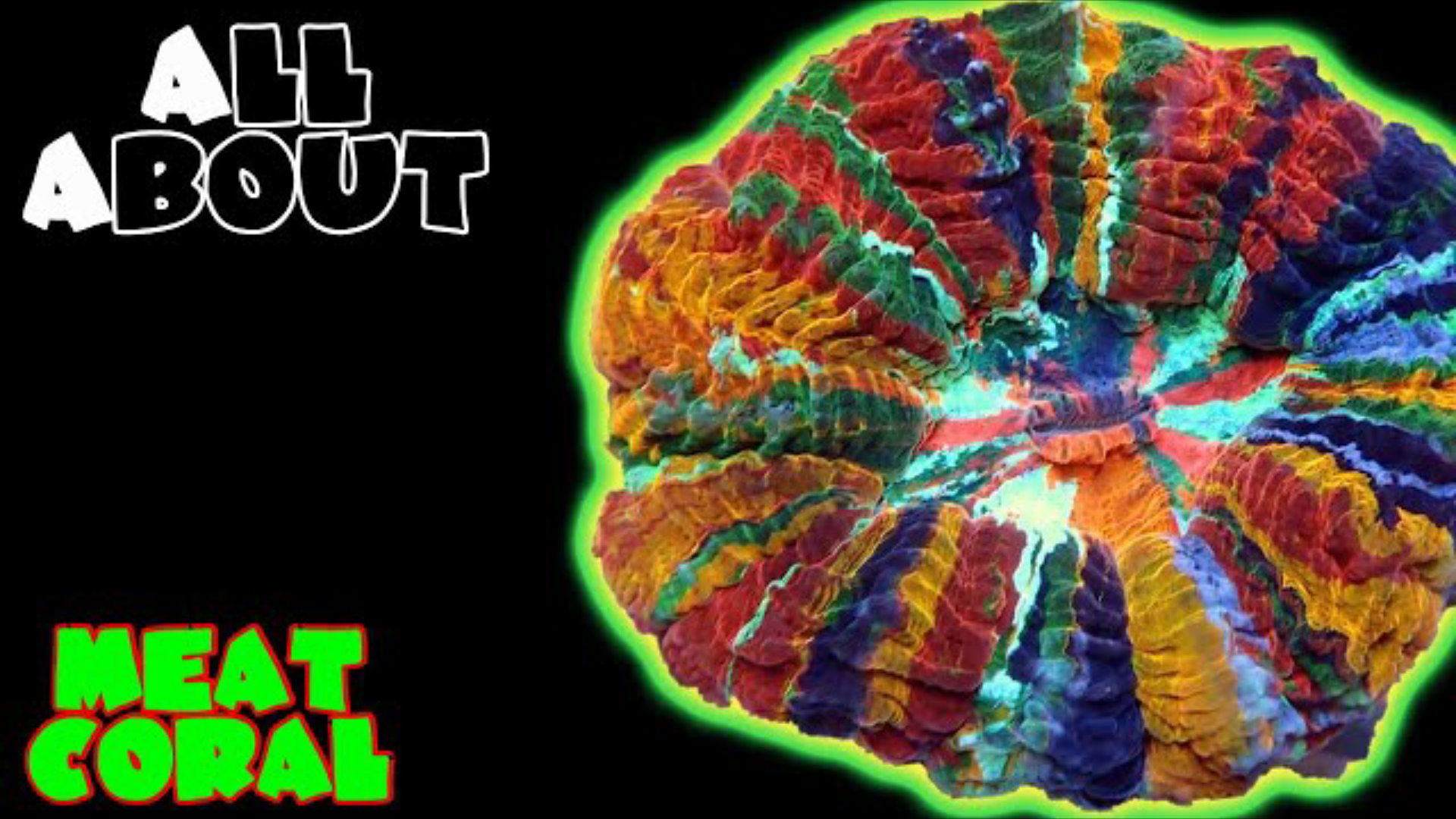Acanthophyllia/ Meat/ Doughnut Coral: Complete Care Guide
- May 06, 2021
- Anshika Mishra
- 7457 0 0

This article will tell you everything you need to know about the Acanthophyllia or Meat Corl also knowns as Doughnut Coral. They are LPS coral so they are large Polyps and they are very similar to stony corals.
Price
You will normally spend about $120 for one of these corals. So, they are an expensive coral, but they make a good deal since they are hardy.
Care Level
They need moderate care.
Water Parameter
- Temperature: 72-78 degrees Fahrenheit
- dKH: 8-12
- pH: 8.1-8.4
- Salinity: 1.023-1.025
Colors
The most common colors you are going to see on them are green and purples. But they are also available in some crazier shades like orange, red and blue. These colors will cost some extra bucks but they look really pretty.
Diet
These are photosynthetic, but spot feeding will really help. It will help them in looking good along with boosting their growth. So, you can feed them anything from pellets to Mysis and brine shrimps. You need to sprinkle them over the top and then it will grab the food itself.
Feeding is very fun to watch too. They practically open themselves all the way up and it looks like a volcano just eating anything you give. You can also try to put food on the edge, they will pull that food towards them which is really cool to watch.
They also feed on liquid food. So, if you have got some oyster feasts or even reef riders, they will eat that up too.
Origin
They come from Australia, and that's the only place you can get them hence the price tag.
Venomous
They are not venomous coral, but they can still sting other corals with their feeder tentacles. Whenever they come out to eat you will see that feeder tentacle all around their mouth. So, if one of those were to touch another coral, but still they are not super long so, it is not a big thing to worry about.
Placement
It is advised to put them at the bottom of the tank or middle if you don't have any don't have room on the bottom. But putting them n the sand bed will give them, the area they need to spread out. This way they can grow twice the size of their skeleton, so along with a good spot, you want to provide them plenty of room to expand.
Just be careful while handling them because their skeleton is super sharp and it can cut the flashy part of the coral. Make sure you are holding it from the bottom with a flat hand, and if you are trying to move it to a new spot, it's best to scoop it under the sand and come up with it. You will really save yourself from the trouble because the damage done to it can take weeks to heal. So, you definitely want to avoid any type of cuts or stings.
Current
You want to have a low flow with these guys as they like the current enough for the food to fly to them so that they can just get a little push, but not a lot. You know that there is a lot of currents because they will shrink up and you will only be seeing their skeleton.
Lighting
They do like medium to low lighting. Being at the bottom of the tank, they will not be getting extensive light. So, it is good to have them down there because they already don't like lots of light.
It doesn't matter, the main thing is to make sure that your water quality is good and you have got plenty of room for this coral to grow.
Water Chemistry
With these LPS corals, it's really good to make sure that you water chemistry is fine. Calcium, alkalinity, and magnesium are the three things you should keep in check all the time because it will help them grow, it will just give you a much better-looking and healthier coral.
Fragging
You cannot frag this coral. They are meat corals, in the wild, they release eggs from which new baby coral will start to grow. So, just never try to frag these corals, they will not be able to survive them. Just enjoy that one big meat coral you have in your tank, they will get huge, and just have that one looking really pretty in your tank, but fragging is no go for these.
So, that was all you needed to know about these incredibly beautiful creatures of the ocean that you can keep in your little slice of see and enjoy its beauty anytime.
Happy Reefing!






About author